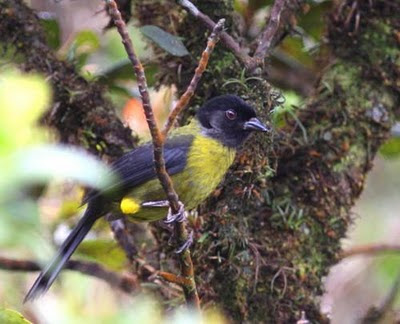18-day Panama tour, a report by Venicio Wilson

The first day included Cattle Tyrant seen after a thorough search of the Amador area. On our second day we birded Bayano Road and the trails described in the book “Where to find Birds in Panama”. We got a Pearl Kite to begin the morning and White-eared Conebill, Black Antshrike and Rufous-winged Antwren. During the afternoon we visited the trail across marker 7 km where we found the Golden-green Woodpecker reported previously . We later stoped at Río Mono bridge, where we got a odd looking bird that I called Cinerous Becard. Later during the trip we got better views and discovered the nest and reidentified the birds as One-colored Becards.
Next Day we visited Birders' View in Cerro Azul. Nando, who takes care of the place and is an outstanding guide for the area, took us around the new trails and showed us briefly a Tawny-faced Quail . After our picnic lunch we saw an Ornate Hawk-Eagle gliding fast in front of back terrace. During our 5th day, from the veranda of our shelter ...






